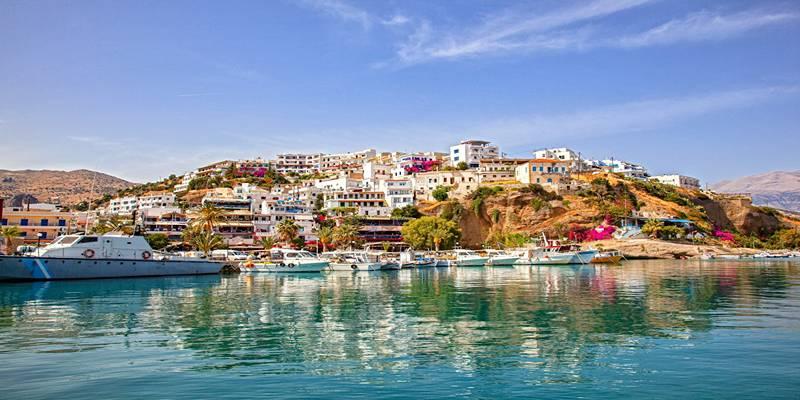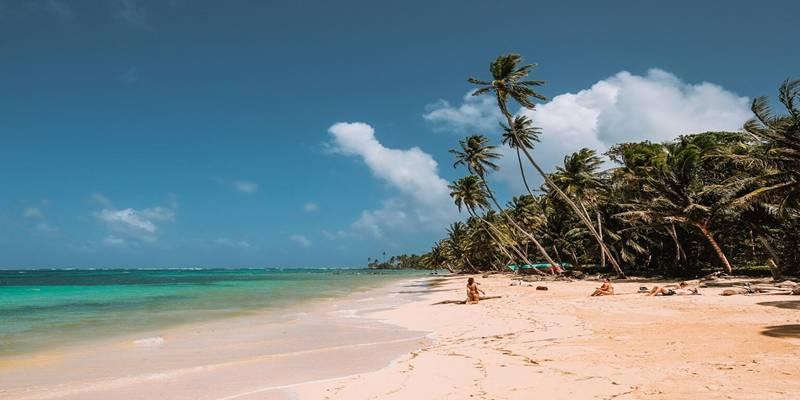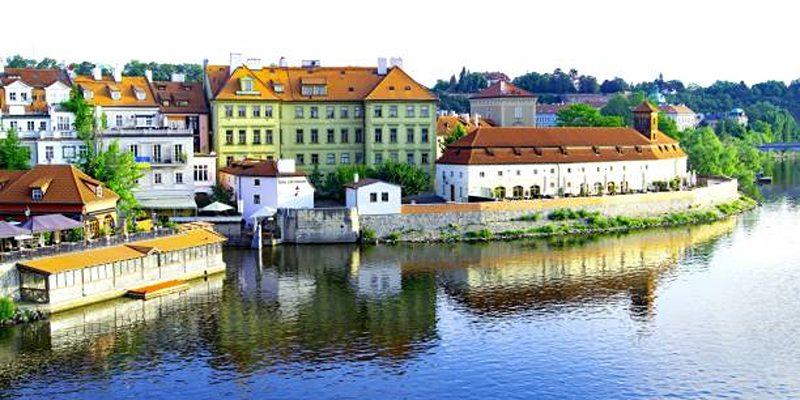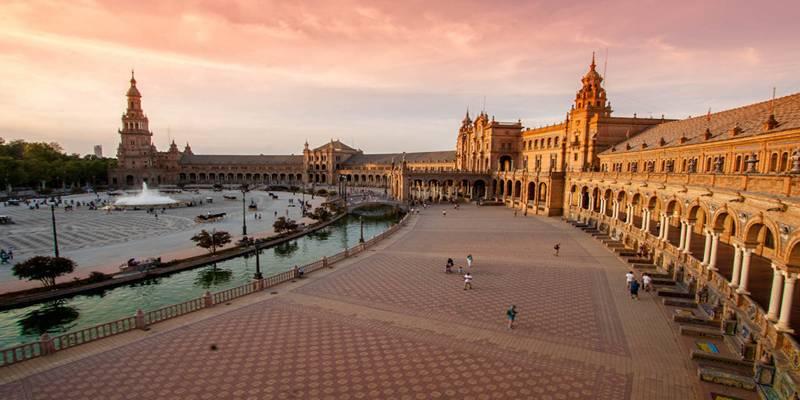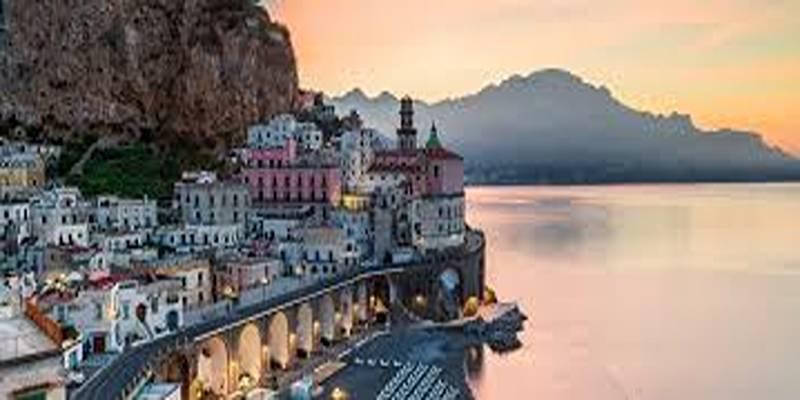The last frontier of North America with its spectacular views and terrific experiences has much to offer. This region boasts of glacier-sculpted Alaska Inside Passage and the gold rush history of Canada Yukon making it a paradise to environmental and heritage enthusiasts. See humpback whales in spots, experience midnight sun or trace in the footsteps of Klondike prospectors. Planning is required to explore its polar landscapes and weather changes and have memorable adventure.
Understanding Alaska's Inside Passage
Alaska's Inside Passage stretches over 500 miles along the southeastern coast, creating a protected waterway between the mainland and hundreds of forested islands. This coastal route serves as the primary gateway for visitors exploring Alaska's wilderness, offering calmer waters than the open Pacific and access to charming communities that can only be reached by boat or plane.
The passage connects major ports including Ketchikan, Juneau, and Skagway, each offering unique attractions and serving as launching points for wilderness excursions. Small fishing villages and Native Alaskan communities dot the coastline, providing glimpses into traditional ways of life that have adapted to the region's challenging environment.
Towering mountains rise directly from the sea, creating dramatic backdrops for wildlife viewing and photography. Ancient glaciers carve through valleys, depositing icebergs into the dark waters where seals, sea lions, and whales thrive in the nutrient-rich ecosystem.
The Canadian Yukon Connection
Just inland from Alaska's coastal communities lies Canada's Yukon Territory, a vast expanse of wilderness that played a pivotal role in North America's gold rush history. The historic route from Skagway to Whitehorse and Dawson City tells the story of thousands of prospectors who braved treacherous mountain passes in search of fortune.
The Yukon encompasses diverse landscapes, from the alpine tundra of Kluane National Park to the boreal forests surrounding the territory's rivers and lakes. Mount Logan, Canada's highest peak, dominates the southwestern horizon, while the northern regions offer some of the world's best aurora viewing opportunities.
Indigenous cultures have thrived in this region for thousands of years, and visitors can learn about traditional practices and contemporary life in First Nations communities throughout the territory. The Yukon's cultural heritage extends beyond gold rush history to include rich traditions of storytelling, craftsmanship, and sustainable living practices.
Best Time to Visit
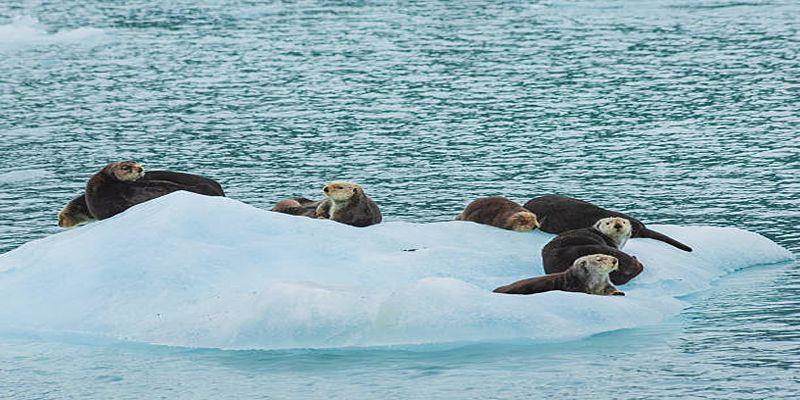
The short northern summer, roughly from May through September, provides the optimal window for exploring both regions. Late spring brings longer days and the return of migratory wildlife, while summer offers the warmest temperatures and most accessible trails and waterways.
May and June feature abundant wildflowers and active wildlife as animals emerge from winter hibernation. The midnight sun phenomenon becomes more pronounced, providing extended daylight hours for outdoor activities and wildlife observation.
July and August represent peak tourist season, with the warmest weather and fullest range of available services and tours. However, these months also bring the largest crowds and highest prices for accommodations and activities.
September offers a compelling alternative with fewer visitors, spectacular fall colors, and the possibility of witnessing the northern lights as darker nights return. Weather can be less predictable, but the enhanced solitude and autumn landscapes create magical experiences for those prepared for cooler conditions.
Transportation Options
Cruise ships are a top choice for exploring the Inside Passage, combining comfort with guided excursions between ports. Large vessels offer amenities and entertainment, while smaller expedition ships access remote areas for closer wildlife encounters. Alternatively, the Alaska Marine Highway System’s year-round ferries let independent travelers island-hop at their own pace, transporting both passengers and vehicles while connecting coastal communities.
From Skagway, the historic White Pass and Yukon Route railroad provides scenic transportation into the Canadian Yukon, following the same route used by gold rush stampeders over a century ago. The narrow-gauge railway climbs through spectacular mountain scenery, offering views of glaciers, waterfalls, and historic sites.
Road travel becomes possible once you reach Whitehorse, where the Alaska Highway and other routes provide access to remote corners of the Yukon. Rental vehicles, RVs, and guided bus tours offer different approaches to exploring the territory's vast distances.
Wildlife and Natural Attractions
The region's pristine ecosystems support incredible wildlife diversity. Humpback whales, orcas, and several other whale species migrate through Inside Passage waters, while sea otters, seals, and sea lions inhabit coastal areas year-round.
Brown and black bears fish for salmon in rivers and streams, particularly during summer runs. Bald eagles soar overhead in remarkable numbers, especially near fishing areas where they gather to feed on spawning salmon.
Mountain goats scale steep cliffs, while caribou roam the Yukon's vast tundra. Dall sheep, moose, and wolves also thrive in this rugged wilderness. Glacier viewing is a top attraction, with Mendenhall Glacier near Juneau offering easy access for hiking and exploration. Remote glaciers, reachable by boat or helicopter, provide ever-changing landscapes for unforgettable experiences.
Cultural Experiences and Activities
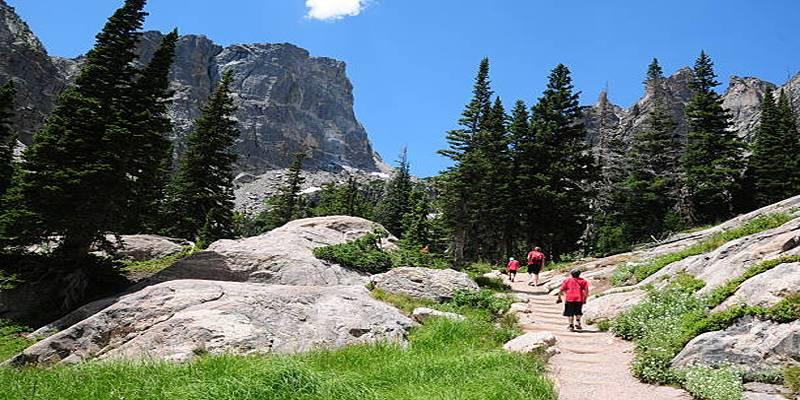
Ketchikan showcases the world's largest collection of totem poles, representing various Indigenous nations and their artistic traditions. Guided tours and cultural demonstrations provide insights into the significance and craftsmanship behind these remarkable works of art.
Dawson City preserves its gold rush heritage with restored buildings, costumed interpreters, and opportunities to try gold panning. The town's isolation has helped maintain its historic character, making it feel like stepping back in time to the Klondike Gold Rush era.
Outdoor adventures range from gentle nature walks to challenging backcountry expeditions. Kayaking through protected fjords offers intimate wildlife encounters, while hiking trails lead to alpine meadows and glacier viewpoints. Fishing for salmon, halibut, and other species provides both recreation and connection to local traditions.
Final Thoughts
This stunning region rewards those who respect its wild nature and prepare for its unique challenges. With breathtaking scenery, abundant wildlife, and rich cultural heritage, it offers unmatched experiences. Plan early for summer travel, balancing comfort with authenticity and choosing between guided tours or independent exploration. Pack for unpredictable weather and discover adventures like glacier calving and the aurora borealis. The Inside Passage and Yukon promise unforgettable memories of nature’s beauty.

